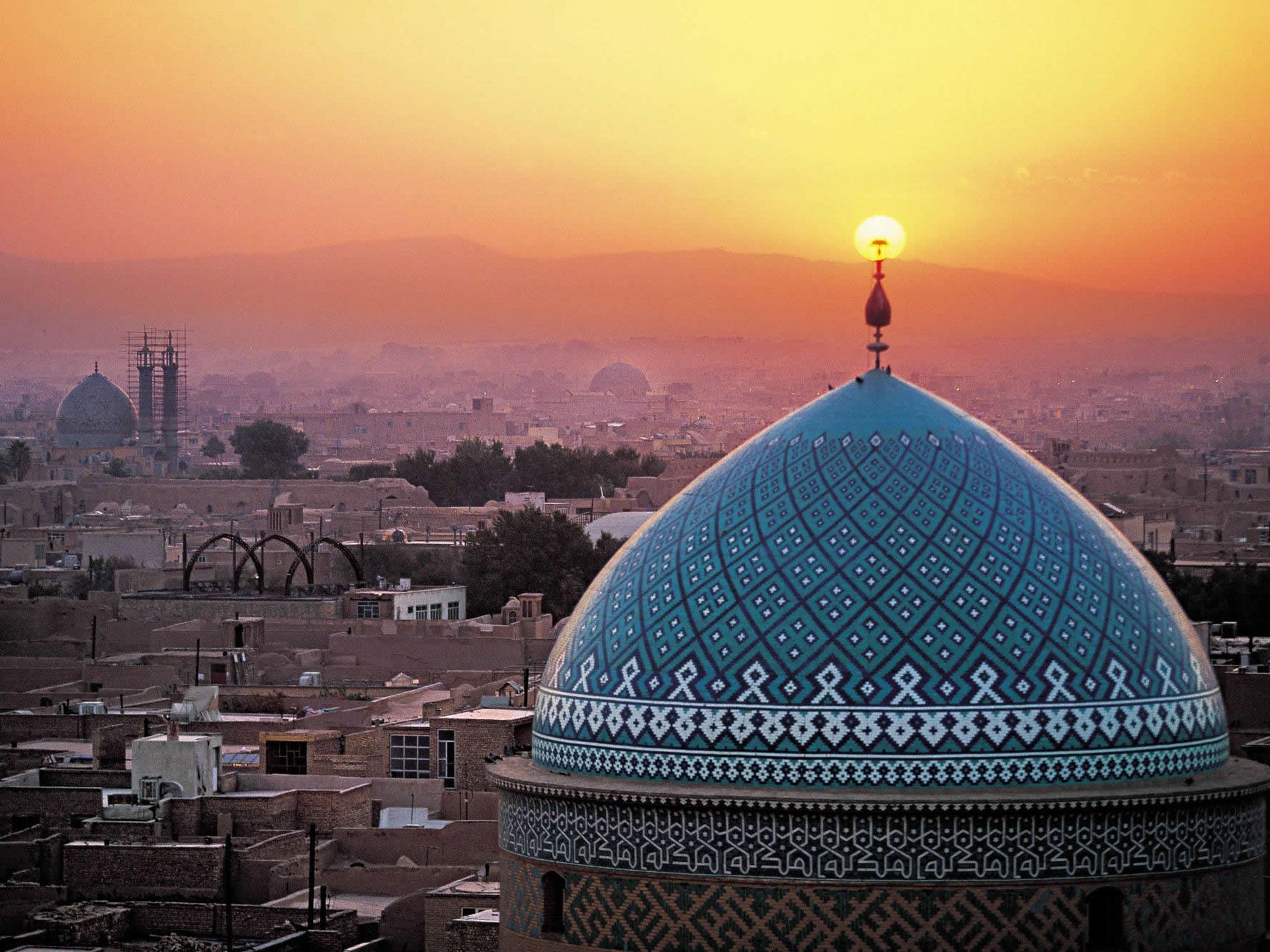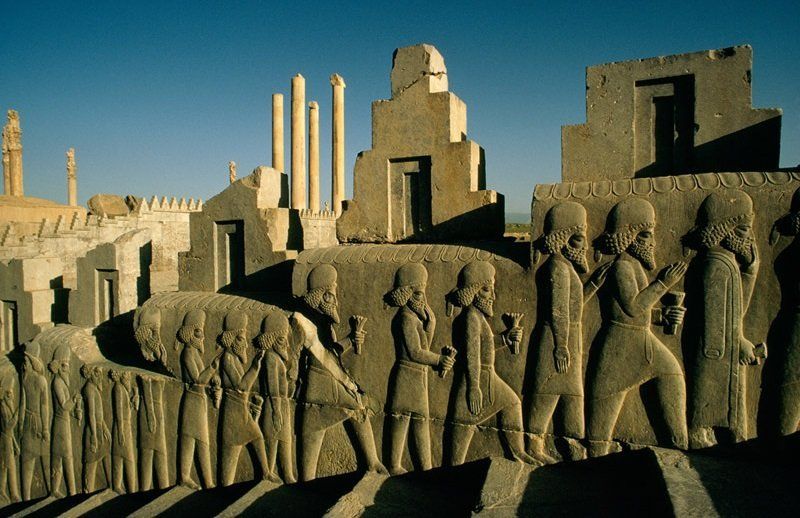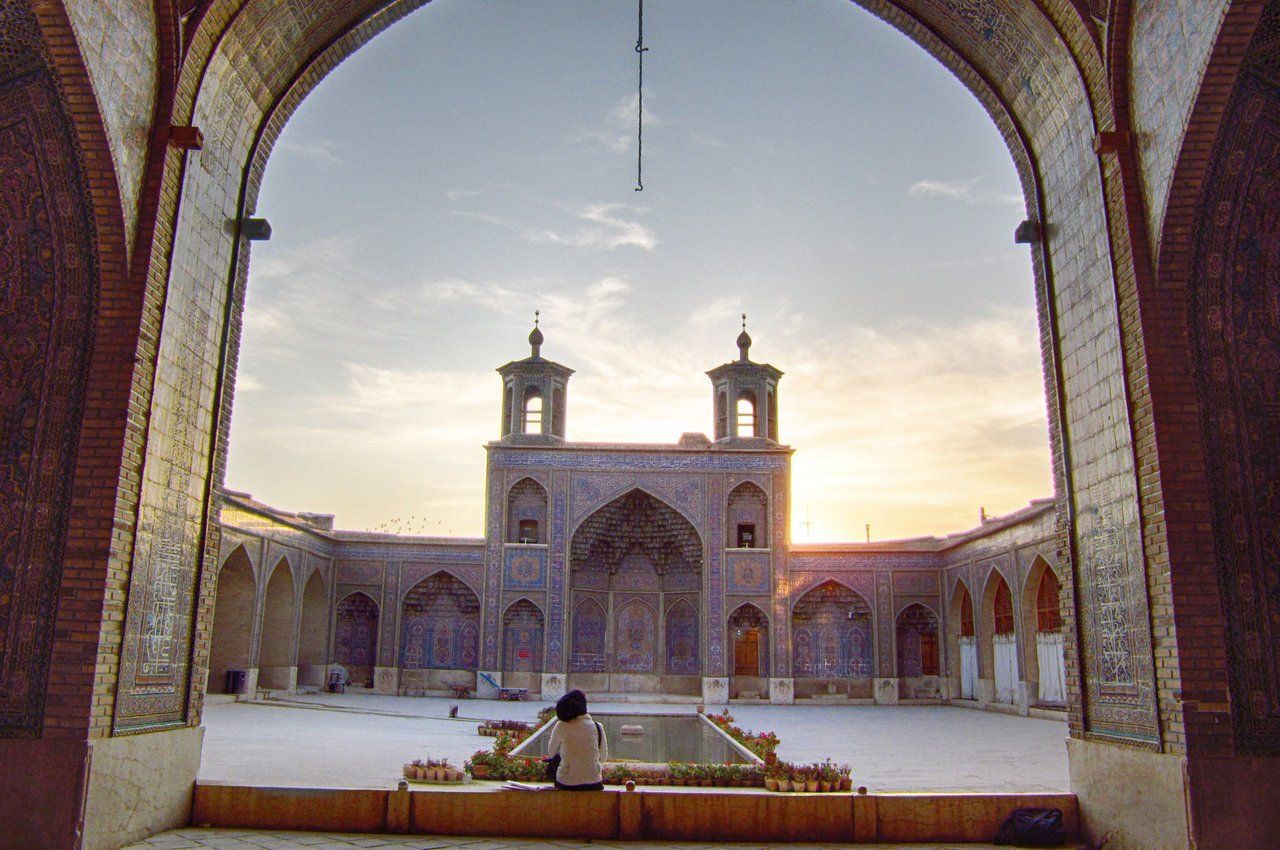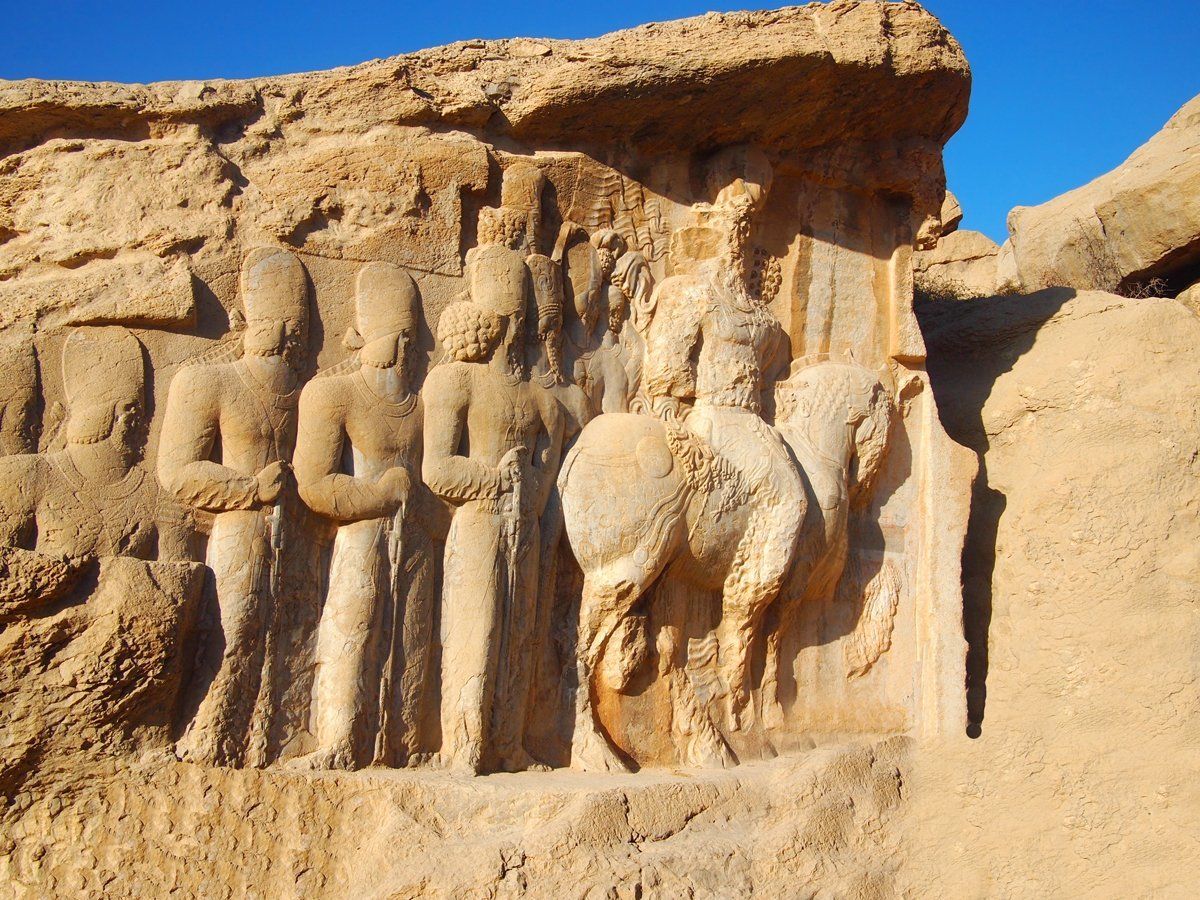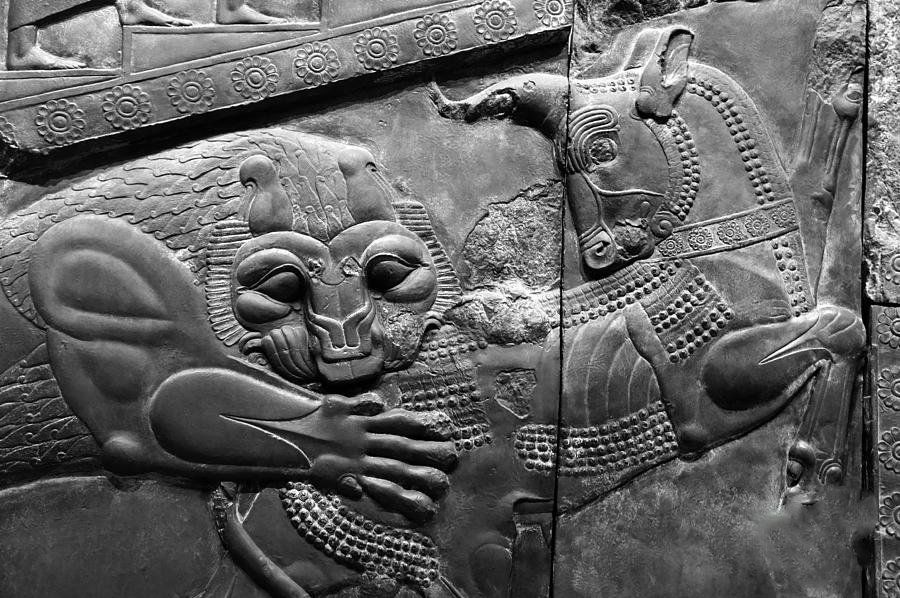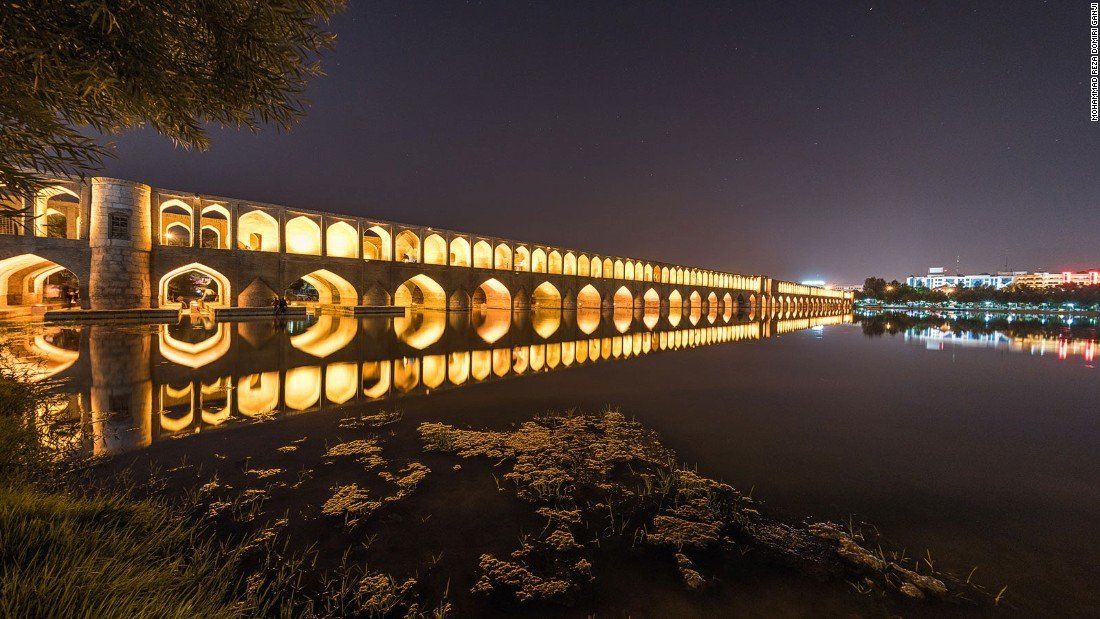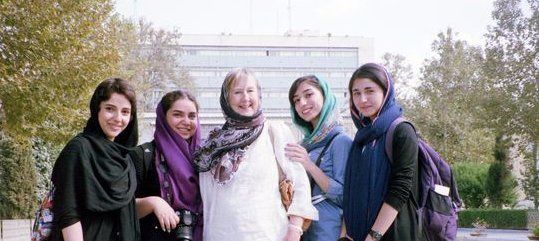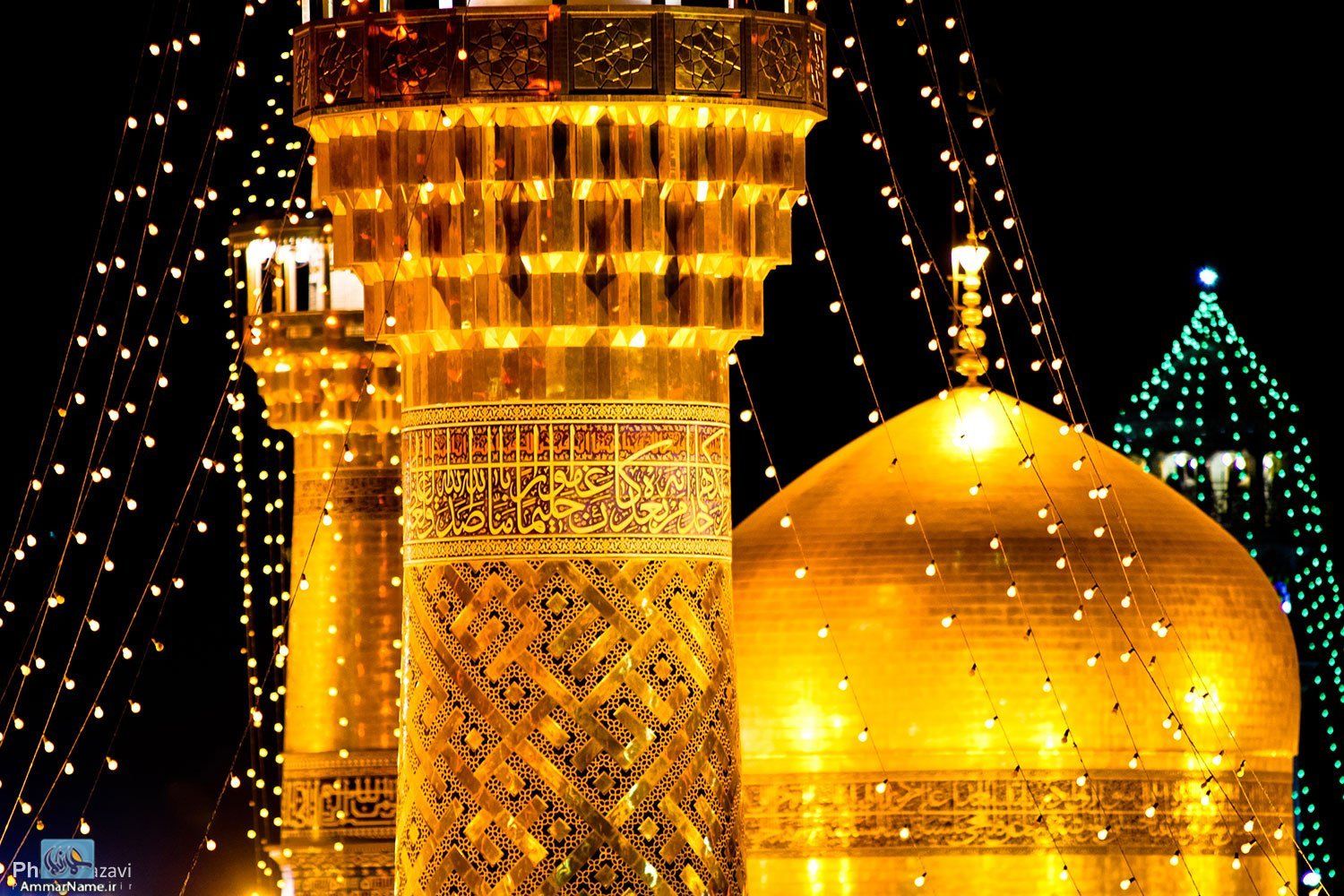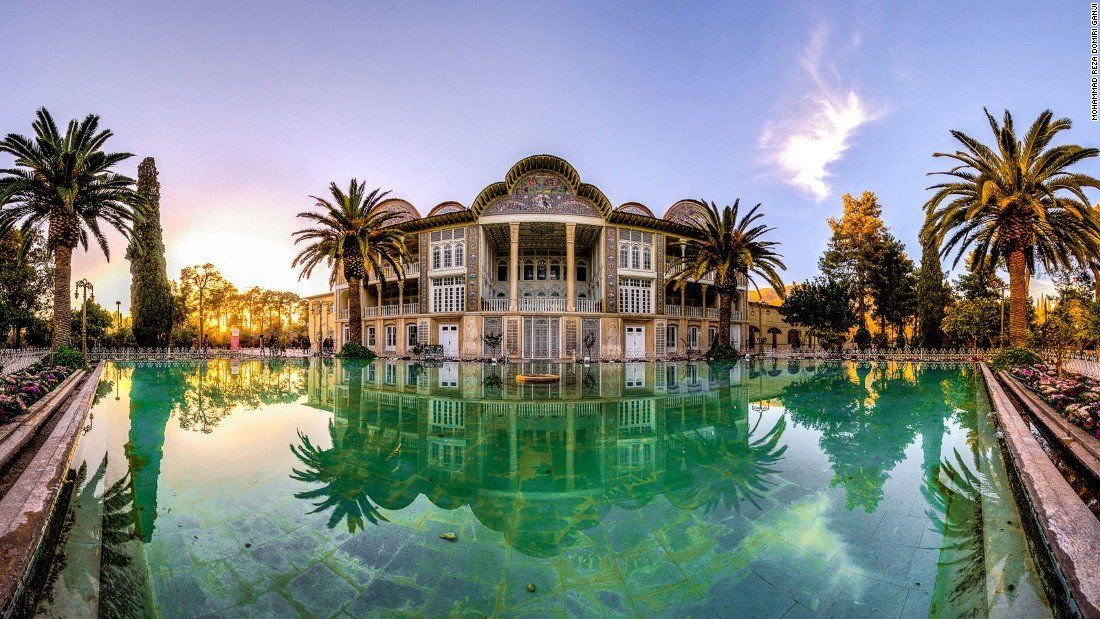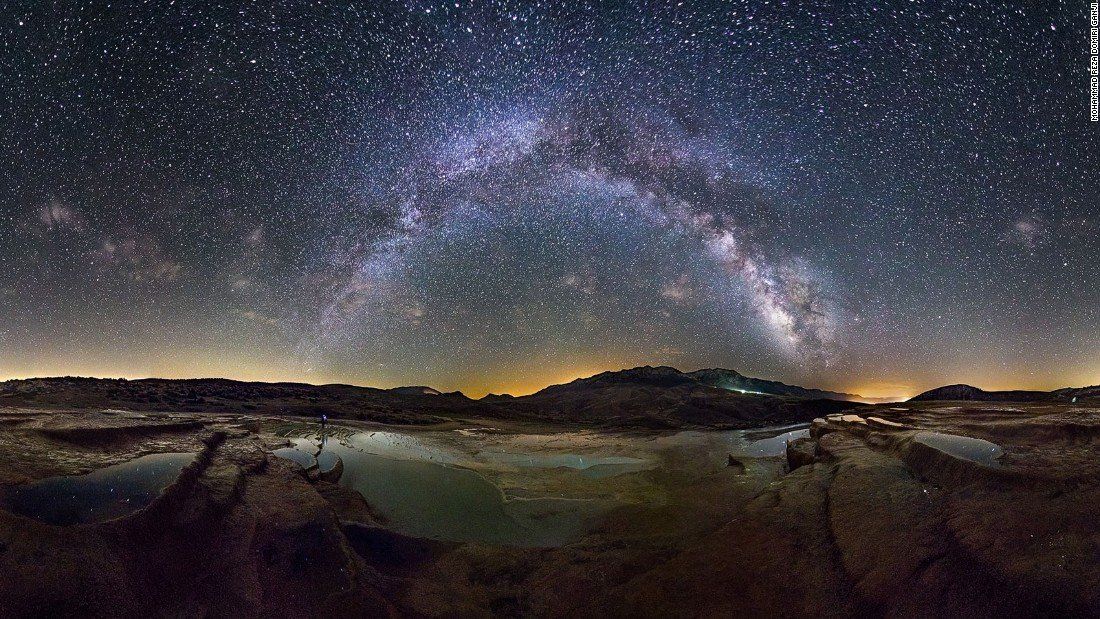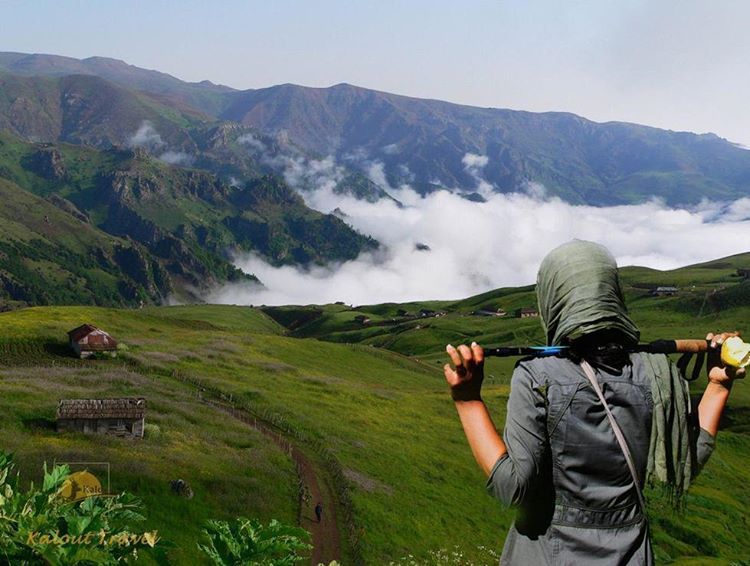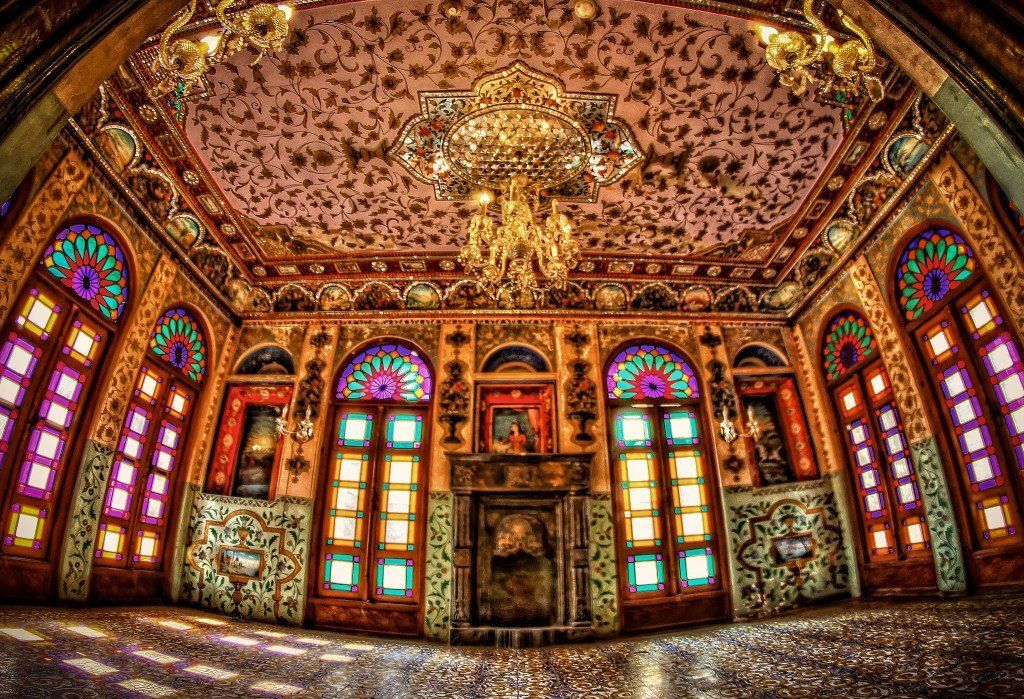History of Iran
The Islamic Republic of Iran, formerly known to outsiders as Persia, is one of the centers of ancient human civilization. The name Iran comes from the word Aryanam, meaning "Land of the Aryans."
Sited on the hinge between the Mediterranean world, Central Asia, and the Middle East, Iran has taken several turns as a superpower empire, and been overrun in turn by any number of invaders.
Today, the Islamic Republic of Iran is one of the more formidable powers in the Middle East region - a land where lyrical Persian poetry vies with strict interpretations of Islam for the soul of a people.
The earliest archaeological findings from Persia date to the Paleolithic era, 100,000 years ago. By 5000 BCE, Persia hosted sophisticated agriculture and early cities.
The history of Iran, commonly also known as Persia in the Western world, is intertwined with the history of a larger region, also to an extent known as Greater Iran, comprising the area from Anatolia, the Bosphorus, and Egypt in the west to the borders of Ancient India and the Syr Darya in the east, and from the Caucasus and the Eurasian Steppe in the north to the Persian Gulf and the Gulf of Oman in the south.
Iran is home to one of the world's oldest continuous major civilizations, with historical and urban settlements dating back to 5000 BC.The southwestern and western part of the Iranian Plateau participated in the traditional Ancient Near East with Elam, from the Early Bronze Age, and later with various other peoples, such as the Kassites, Mannaeans, and Gutians. Georg Wilhelm Friedrich Hegel names the Persians as the first Historical People. The Medes unified Iran as a nation and empire in 625 BC. The Achaemenid Empire (550–330 BC), founded by Cyrus the Great, was the first of the Persian empires to rule from the Balkans to North Africa and also Central Asia, spanning three continents, from their seat of power in Persis (Persepolis). It was the largest empire yet seen and the first world empire. The First Persian Empire was the only civilization in all of history connect over 40% of the global population, accounting for approximately 49.4 million of the world’s 112.4 million people in around 480 BC. They were succeeded by the Seleucid, Parthian and Sasanian Empires, who successively governed Iran for almost 1000 years and made Iran once again as a leading power in the world. Persia's arch-rival was the Roman Empire and its successor, the Byzantine Empire.
The Persian Empire proper begins in the Iron Age, following the influx of Iranian peoples. Iranian people gave rise to the Medes, the Achaemenid, Parthian, and Sasanian Empires of classical antiquity.
Once a major empire of superpower proportions, having conquered far and wide, Iran has endured invasions too, by the Greeks, Arabs, Turks, and the Mongols. Iran has continually reasserted its national identity throughout the centuries and has developed as a distinct political and cultural entity.
The Muslim conquest of Persia (633–656) ended the Sasanian Empire and was a turning point in Iranian history. Islamization of Iran took place during the eighth to tenth centuries and led to the eventual decline of Zoroastrianism in Iran as well as many of its dependancies. However, the achievements of the previous Persian civilizations were not lost, but were to a great extent absorbed by the new Islamic polity and civilization.
Iran, with its long history of early cultures and empires, had suffered particularly hard during the late Middle Ages and the early modern period. Many invasions of nomadic tribes, whose leaders became rulers in this country, affected it negatively.
Iran was once again reunified as an independent state in 1501 by the Safavid dynasty, which converted Iran to Shia Islam as the official religion of their empire, marking one of the most important turning points in the history of Islam. Functioning again as a leading power, this time amongst the neighboring Ottoman Empire, their arch-rival for centuries, Iran had been a monarchy ruled by an emperor almost without interruption from 1501 until the 1979 Iranian Revolution, when Iran officially became an Islamic republic on April 1, 1979.
Over the course of the first half of the 19th century Iran lost many of its territories in the Caucasus (which it had been ruling intermittently encompassed for millennia), comprising modern-day Eastern Georgia, Dagestan, Azerbaijan, and Armenia, to its rapidly expanding and emerged neighboring rival the Russian Empire, following the Russo-Persian Wars between 1804–13 and 1826–8.
History of Iran is full of stories about Kings and people whom tried to be the best and the most power full in the world. Some Kings rose from people to ensure justest for them and manged the to capture lands from India to Greece and other for love destroyed great empires. Unfortunately in this page we could not explain very good about history of this country and it's people as they deserve but if you like to know more about Iran you can use Britannica to find out more about this ancient civilization.
https://www.britannica.com/place/ancient-Iran
Persian dynasties
| dynasty/kingdom | period |
| Median | 728–550 BCE |
| Achaemenian | 559–330 BCE |
| Hellenistic period of Alexander and the Seleucids 1 | 330–247 BCE |
| Parthian period (Arsacid dynasty) 2 | 247 BCE–224 CE |
| Sasanian | 224–651 |
| Arab invasion and the advent of Islam | 640–829 |
| Iranian intermezzo 3 | 821–1055 |
| Seljuqs | 1038–1157 |
| Mongols 4 | 1220–1335 |
| Timurids and Ottoman Turks | 1380–1501 |
| Safavid | 1502–1736 |
| Afghan interlude | 1723–36 |
| Nader Shah | 1736–47 |
| Zand | 1750–79 |
| Qajars | 1794–1925 |
| Pahlavi | 1925–79 |
| 1
Dates from the death of Darius III, the last Achaemenian king, and the invasion of Alexander the Great. 2 Dates from the year in which the Parnian chief Arsaces first battled the Seleucids. 3 Includes the Tahirid, Samanid, Ghaznavid, and Buyid dynasties. 4 Mainly the Il-Khanid dynasty (1256–1353). |
|
Daha fazla okuma:

























